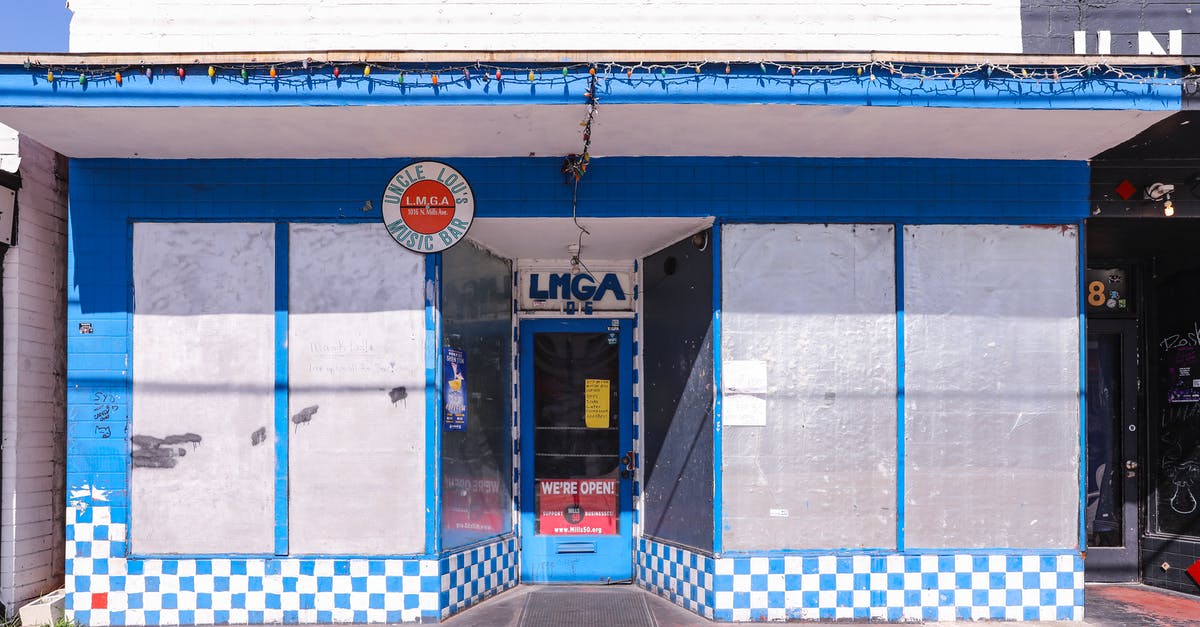Does Julia Child's Crème Brûlée work?

In "Mastering the Art of French Cooking", Julia et al. explain that Crème Brûlée is simply Crème Anglaise (Light Custard Sauce) made with whipping cream instead of milk, half the amount of sugar and then chilled.
I made a couple of attempts but it didn't set. Here's a shortened version of the recipe:
1/4 cup sugar 4 yolks 1 tsp cornstarch or potato starch (optional, but I went with the potato starch) 1 3/4 cup boiling whipping cream
Beat sugar into the yolks until they reach the "ribbon" stage. Beat in the optional starch. Pour the boiling milk in a stream of droplets into the yolks whilst beating. Set the mixture over a moderate heat, stirring slowly and continuously until the sauce thickens enough to coat the spoon with a light creamy layer. During this time the mixture should not go above 165 degrees F (without starch) or 170 degrees (with). I also added an optional tablespoon of orange liqueur for flavour.
I beat the mixture at just under 170 degrees for around 30 minutes without it thickening up much. On the second attempt I used more starch (about a tablespoon) and it thickened up, but still didn't set after chilling overnight. Any ideas?
Best Answer
Most creme brulees require baking, however after a little research I did find a recipe in "On Cooking" (Sarah Labensky/Michael Hause) that came from Chef Vincent Guerithault of Vincent on Camelback in Phoenix, AZ and his was similar in that it was not baked.
First, just making creme anglaise with heavy cream isn't going to do anything to let it set up into a firm custard. More egg yolks or starch would be needed.
Supposing that this really does work and it was something you perhaps did, my guess would be that it was either mixed too much (breaking down the proteins trying to link together) or too vigorously (incorporating air which weakened the protein links). In your description you say you "beat it". Did you beat it or stir it? It should be stirred back and forth zig-zagging across the bottom of the pan with a wooden spoon or heat-safe rubber spatula to keep from whipping air into it.
Time, temperature, and eggs/dairy ratio are going to be the main issues in getting custards to set.
Egg proteins begin to set at 160 degrees but curdle at 180 so there's very little "wiggle" room temperature wise.
According to Shirley Corriher's "Cookwise": 2 egg yolks will just barely thicken 1 cup of milk or cream. Her Creme Anglaise recipe uses 5 egg yolks to 1 cup of milk and 1/2 cup heavy cream which is more yolks and less liquid than Julia's and this isn't intended to set up. 1 teaspoon of starch isn't going to provide the thickening power that is needed, it's there to keep the yolks from curdling as easily.
The recipe I use and many others I've referenced (including Chef Vincent's), use a ratio of about 6-7 yolks per cup of cream.
Also, if using a starch, you need to nearly bring the custard mixture to a boil (as is common in puddings and cream pie fillings) otherwise an enzyme in egg yolks known as alpha-amylase will eat away at the starch bonds and break them down into a watery mess. Chef Vincent's does not use any starch.
If you want to use that recipe, I would increase it to 10 egg yolks. After the hot cream is tempered into the egg yolks then return to the heat and cook, stirring constantly, until very thick but do not let it boil. Remove it from the heat and strain into a clean metal bowl and chill over an ice bath to cool quickly. Once cool, spoon into your desired serving dish or a cookie cup and caramelize the top with sugar.
Pictures about "Does Julia Child's Crème Brûlée work?"



How do you eat crème brûlée?
To eat, use the edge of your spoon to gently crack the hard sugar surface and scoop up some custard. Be sure to get both the brittle topping and the creamy custard in each bite.What is special about crème brûlée?
Cr\xe8me br\xfbl\xe9e or cr\xe8me brul\xe9e (/\u02cckr\u025bm bru\u02d0\u02c8le\u026a/; French pronunciation: \u200b[k\u0281\u025bm b\u0281y. le]), also known as burnt cream or Trinity cream, and virtually identical to the original crema catalana, is a dessert consisting of a rich custard base topped with a layer of hardened caramelized sugar.How do you thicken crème brûlée?
Egg yolks \u2013 for thickening. We're just using the yolks from the egg here, no egg whites. The yolks of an egg contain a considerable amount of fats, about 35%. These add creaminess to the creme brulee, just like the fat in the cream.Is crème brûlée healthy?
Cr\xe8me Br\xfbl\xe9e is a classic unhealthy dessert \u2014 with the heavy cream, insane amount of egg yolks, pile of sugar, etc.More answers regarding does Julia Child's Crème Brûlée work?
Answer 2
Short answer: yes.
Long answer: The beauty of Mastering the Art of French Cooking is that all the recipes work. They're exhaustively detailed and painstaking, and godawful complicated compared to what modern chefs are used to working with, but they work, if you follow them to the letter. They're not for the faint of heart.
That being said, you might want to contrast her recipe with something more accessible, a la Alton Brown
Answer 3
This looks similar to recipes that I have used in the past that worked, although I haven't tried this specific one. You can heat it higher, but it becomes dangerous. Also: mix slowly rather than beating it over heat. You need to let the egg set.
More or less, the setting happens as the emulsion of cream and yolk cooks, the yolk thickens and sets up. More yolk will make it thicken more. If the heat gets too high, you can curdle the mix as the yolk solidifies too much and basically squeezes out the liquid as it forms little balls.
Answer 4
Custards can take longer (sometimes much longer) to cook than the recipes calls for. Have patience, because turning up the heat is asking for disaster.
Answer 5
I posted my recipe in this thread. Works like a charm, every time.
Sources: Stack Exchange - This article follows the attribution requirements of Stack Exchange and is licensed under CC BY-SA 3.0.
Images: cottonbro, Mick Haupt, Andrew Neel, ThisIsEngineering
